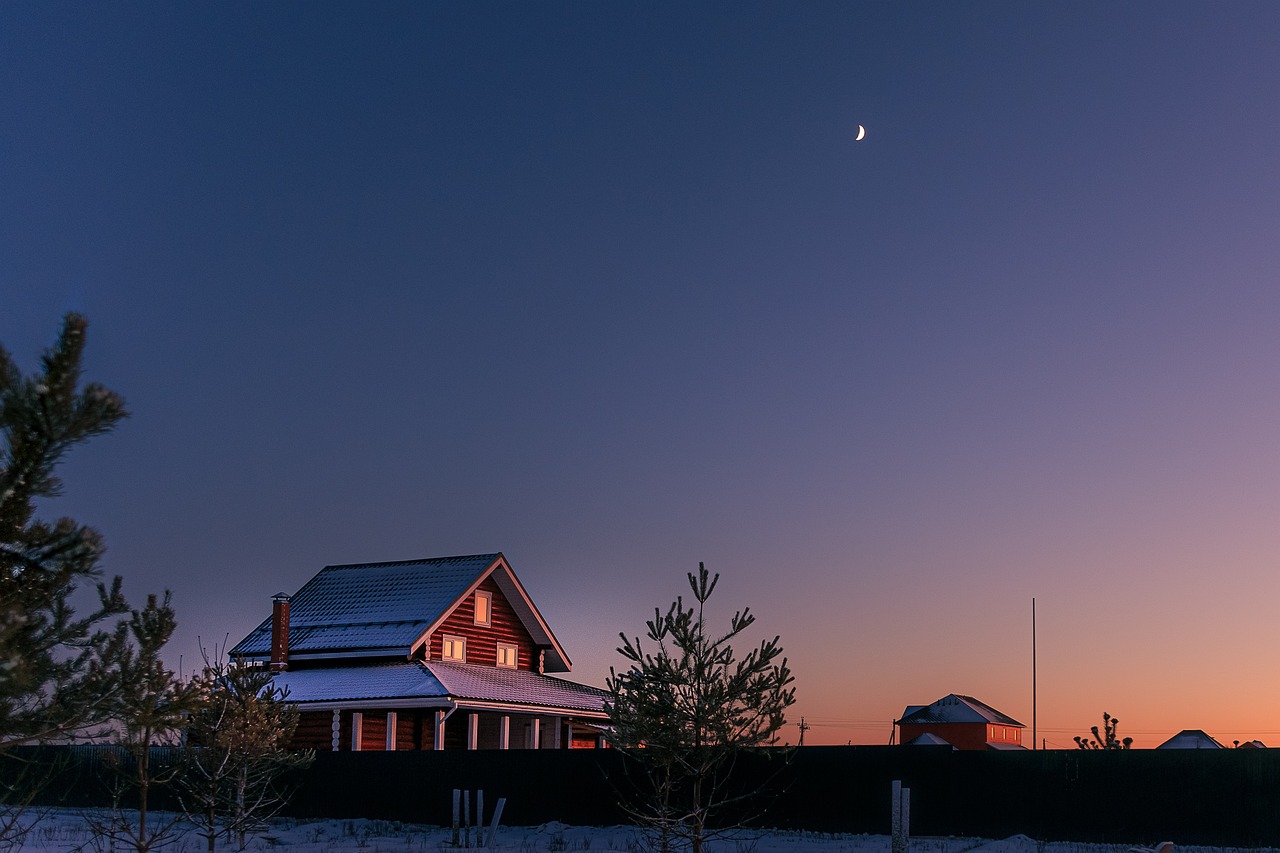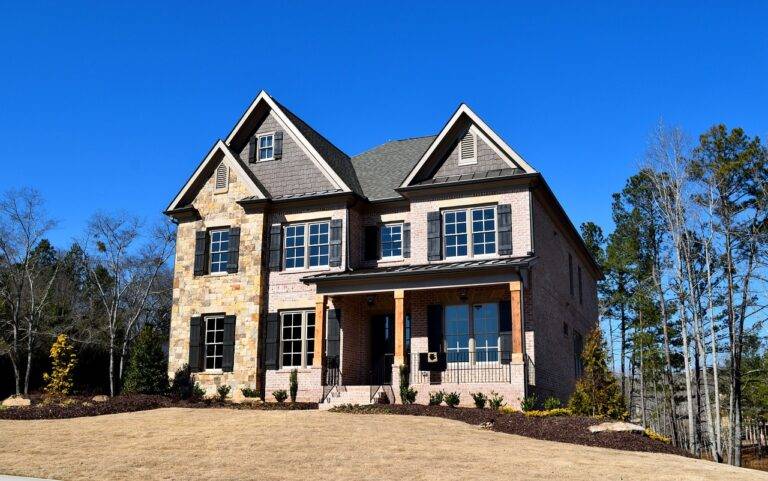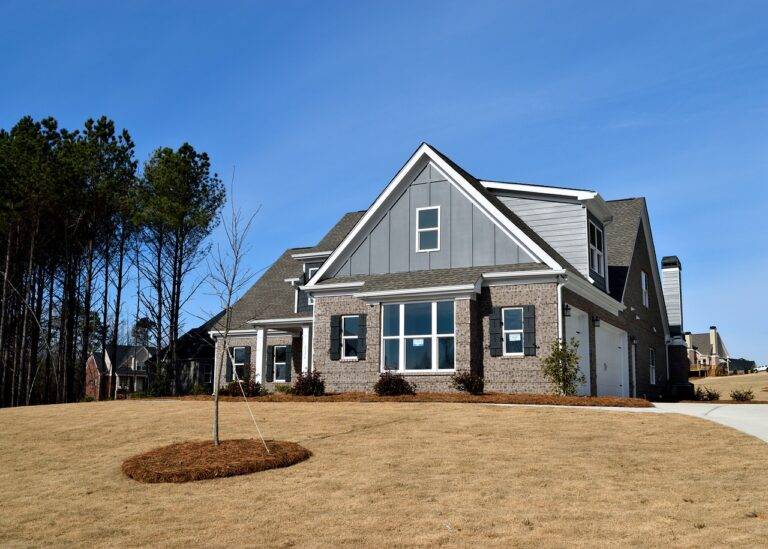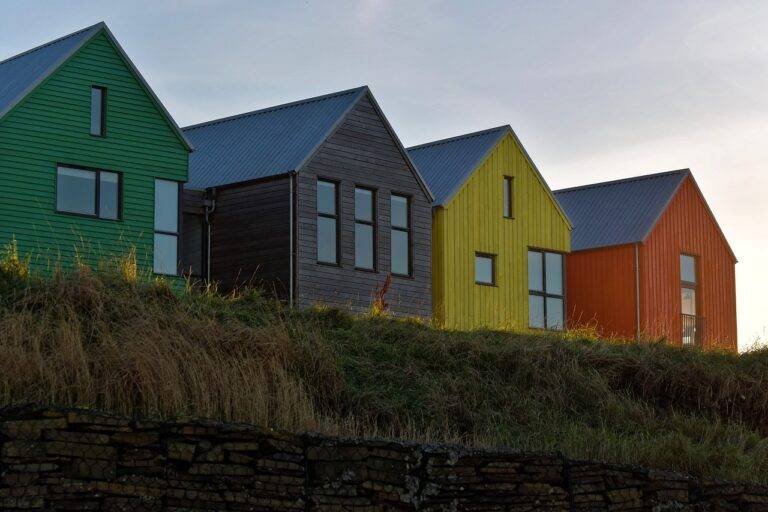Incorporating Smart Home Technology in Historic Properties: Challenges and Solutions
Implementing smart home technology in historic properties presents a myriad of challenges due to the architectural constraints and unique characteristics of these older buildings. One of the primary obstacles is retrofitting modern systems into structures that were not originally designed to accommodate such advanced technology. This often requires creative solutions to integrate smart features without compromising the historical integrity of the property.
Another challenge is the complexity of updating the wiring and infrastructure of historic properties to support smart technology. Many older buildings have outdated electrical systems that may not be suitable for the power demands of smart devices. This can necessitate extensive renovations to ensure that the property can safely and efficiently handle the new technology. Additionally, issues such as wireless connectivity and signal interference can be more pronounced in historic buildings with thick walls or unconventional layouts, further complicating the implementation of smart home systems.
Understanding the Unique Needs of Historic Properties
When it comes to implementing smart home technology in historic properties, there are a unique set of challenges that homeowners and designers may face. Preserving the historical integrity and architectural features of these properties while integrating modern technology can be a delicate balancing act.
One key consideration is the need to ensure that any installations are reversible and do not cause permanent damage to the historical fabric of the property. This may require creative solutions such as concealing wiring or utilizing wireless technology to avoid altering the original structure. Furthermore, additional care must be taken to select smart devices and systems that complement the aesthetic of the historic property and do not detract from its charm and character.
Can smart home technology be easily implemented in historic properties?
Implementing smart home technology in historic properties can pose challenges due to the unique architectural features and materials of these properties. It may require specialized solutions and careful planning to preserve the historic integrity.
What are some of the common challenges faced when integrating smart home technology in historic properties?
Some common challenges include working around existing infrastructure, accommodating for outdated wiring and electrical systems, and finding ways to conceal modern technology to maintain the property’s historic appearance.
How can the unique needs of historic properties be taken into consideration when implementing smart home technology?
It is important to work with professionals who have experience working with historic properties and understand the specific needs and constraints of these buildings. Customized solutions may be necessary to ensure that the technology seamlessly integrates with the historic elements of the property.
Are there any specific guidelines or regulations to follow when implementing smart home technology in historic properties?
Depending on the location and regulations in place, there may be restrictions on the types of modifications that can be made to historic properties. It is important to consult with local historic preservation boards or experts to ensure compliance with any guidelines or regulations.





